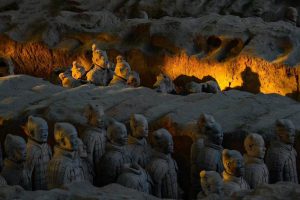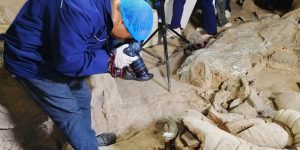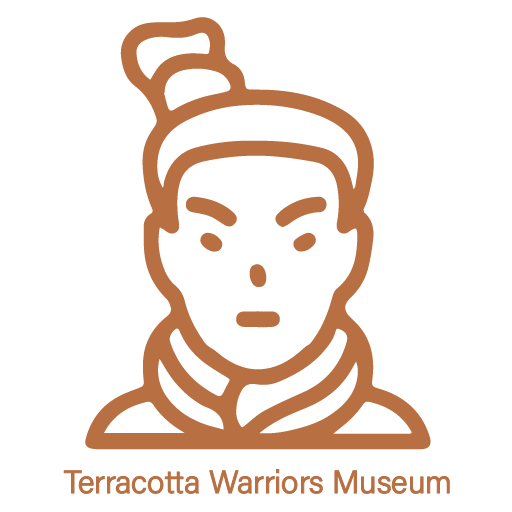Have All the Terracotta Warriors Excavated?
Not all the Terracotta Army has been unearthed. So far, three terracotta warrior pits have been discovered, numbered as Pit 1, Pit 2 and Pit 3. These pits cover an area of over 20,000 square meters, and contain nearly 8,000 pottery figurines of warriors and horses, which are similar in size to real people and horses. The terracotta warriors in Pit 1 and Pit 2 have not yet been fully excavated, while pit 3 has been fully excavated.
Terracotta Warriors at Pit 1
Excavated Terracotta Warriors at Pit 1
At present, approximately one – third of the area of Pit 1 has been excavated. In the excavated area, a large number of cultural relics such as pottery figurines, pottery horses, and bronze weapons have been unearthed. These include numerous warrior figurines with various postures, chariot – soldier figurines, and a small number of military official figurines.

Unexposed Terracotta Warriors at Pit 1
Approximately two – thirds of the remaining area has not been excavated yet. Based on the situation of the excavated part and the archaeological surveys, it is speculated that there are still a large number of terracotta warriors and horses buried in the undiscovered area. The number may amount to several thousand, and there may be some special cultural relics or relic phenomena that have not been discovered yet.
Terracotta Warriors at Pit 2
With an area of over 2,000 square meters, only one – fifth of it has been excavated so far. Judging from the trial excavation, there are more than 1,300 pottery figurines and horses buried in Pit 2. It contains richer content and a more complete range of military branches, being the essence of the Terracotta Army pits. However, the majority of it remains unexcavated.

Terracotta Warriors at Pit 3
Pit 3 of the Terracotta Army has been fully excavated and is the smallest pit, covering 520 square meters in a “concave” shape. It contains the fewest terracotta soldiers and horses arranged in a ceremonial formation. Animal bones found here suggest rituals for divine blessings on the Qin army. This evidence supports the idea that Pit 3 served as the command center for the terracotta army.
Due to technical challenges, such as the rapid fading of colors in pottery figurines, excavation of the Terracotta Army is conducted very carefully. Experts believe it may take over a hundred years to fully excavate Pit 1 and Pit 2 to protect the terracotta warriors’ integrity and historical value. Although the terracotta warriors have not yet been fully excavated, the unearthed terracotta warriors also reflect the prosperity of the Qin Dynasty during the reign of Qin Shi Huang.


